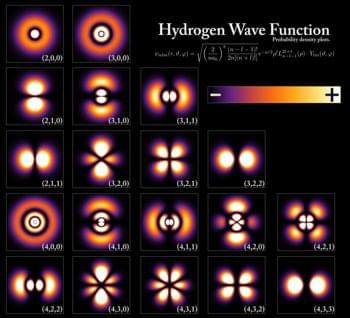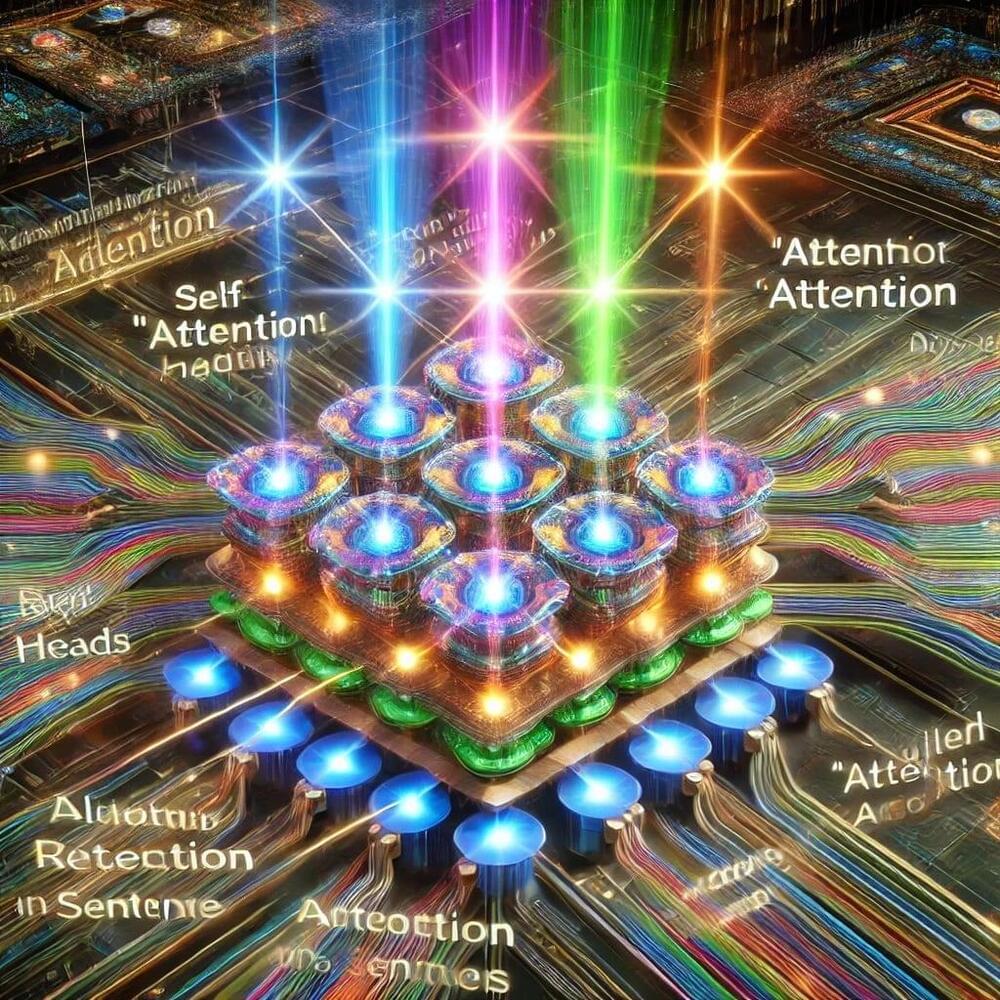Researchers at the California Institute of Technology have unveiled a startling revelation about the human mind: our thoughts move at a mere 10 bits per second, a rate that pales in comparison to the staggering billion bits per second at which our sensory systems gather environmental data. This discovery, published in the journal Neuron, is challenging long-held assumptions about human cognition.
The research, conducted in the laboratory of Markus Meister, the Anne P. and Benjamin F. Biaggini Professor of Biological Sciences at Caltech, and spearheaded by graduate student Jieyu Zheng, applied information theory techniques on an extensive collection of scientific literature. By analyzing human behaviors such as reading, writing, video gaming, and Rubik’s Cube solving, the team calculated the 10 bits per second figure – a rate that Meister describes as “extremely low.”
To put this in perspective, a typical Wi-Fi connection processes about 50 million bits per second, making our thought processes seem glacial by comparison. This stark contrast raises a paradox that Meister and his team are eager to explore further: “What is the brain doing to filter all of this information?”








